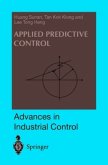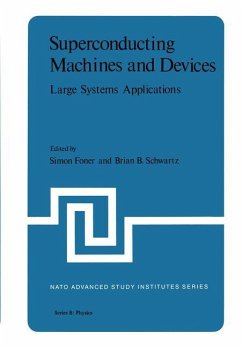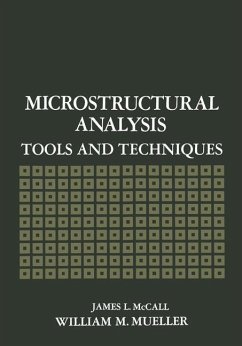The interest of the media in dust explosions increased considerably following two major grain-elevator disasters in the United States in 1979. However, these were not isolated incidents and were statistically unusual only in the high loss of life involved. Any oxidizable material that is dispersed in fine powder form may be explosive, and ignition sources with sufficient energy to ignite a dust cloud are easily produced in normal industrial processing. Dust fires and minor incidents are not uncommon in many industries, but fortunately the combination of events and circumstances that must coincide for a large-scale explosion arise only rarely. Nevertheless, this is often more by luck than by good management and many potentially hazardous situations are common in industry. An explosive dust cloud and the circumstances in which it can ignite are not as simple to define as the equivalent situation in gases or flammable vapors. A large number of definitions and experimental tests havebeen devised to characterize the explosibility of dusts and ignition sources. The aim of this book is to provide a guide describing conditions in industry that could lead to dust explosions and the means to avoid them. Ignition sources and the way in which they can arise in powder processing are discussed and illustrated by case histories of reported incidents. The methods by which the potential hazards of a process or product can be evaluated are described, with special attention paid to the interpretation of the results of the different experimental methods.








